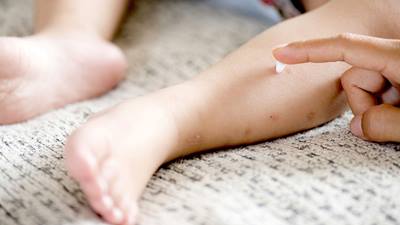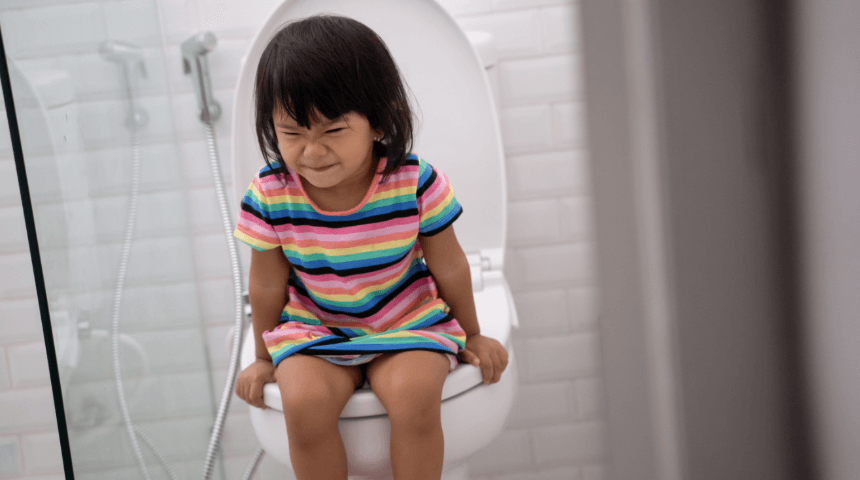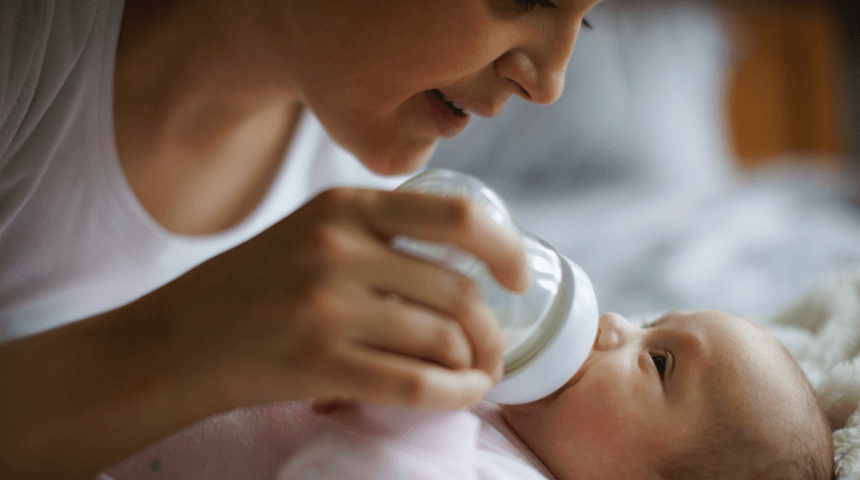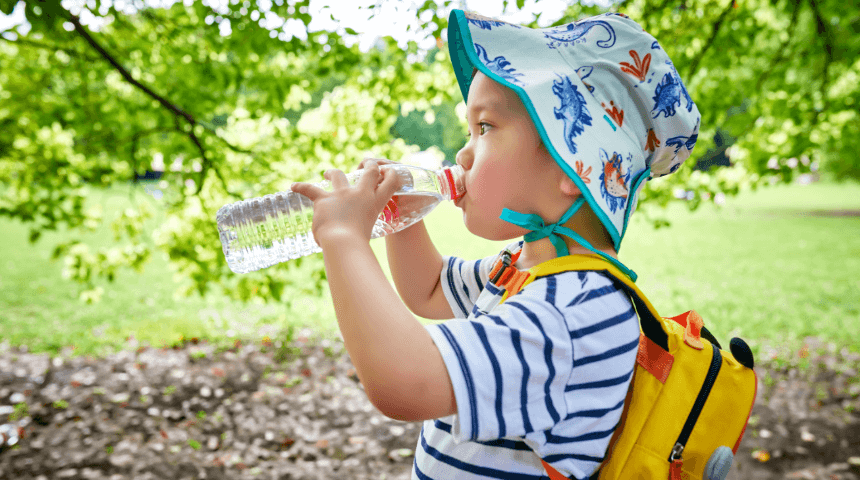Eczema is a skin condition that affects many infants and children. Although its symptoms of dry, itchy and flaky skin are usually mild, eczema can become more than just a nuisance. The more severe forms of this condition can lead to skin infections when bacteria, viruses and other germs enter the body through bleeding and cracking skin.
A skin infection can look a lot like the more serious form of eczema, making it difficult for parents to decipher their child’s symptoms. Luckily, there are a few guidelines to follow. If your little one is suffering from swollen, itchy, crusty and/or oozing skin, here are three ways you can tell if they have eczema or a skin infection.
Look for Visible Signs of Infection
Examining your child’s skin for signs of infection is the first step in determining whether your child is experiencing more than eczema. Of course, this isn’t always easy. Eczema is typically itchy, red and scaly. When it’s flaring, the skin may even appear weepy, oozy or crusty from all the inflammation.
Still, skin infections caused by bacteria usually present with a red, hot, swollen and tender rash that often is accompanied with pus. Skin infections caused by viruses usually result in red welts or blisters that can be itchy and/or painful. Meanwhile, fungal infections usually present with a red, scaly and itchy rash with occasional pustules. Overall, if your child has pus-filled blisters, yellow or orange-colored crusts, swollen red bumps or streaks of redness spreading across the skin, it’s possible that they’ve contracted an infection.
Check Your Child for Other Symptoms
Children who’ve developed an infection often experience other non-skin related symptoms that you can look for. The biggest telltale sign of an infection is fever. If your child has a rapidly spreading rash and a high fever, it’s important to seek immediate medical care. Flu-like symptoms — such as achiness, fatigue, general malaise and chills — also are signs of an infection.
If your child has swollen lymph nodes or is complaining of a sore throat, it’s also time to contact your pediatrician. In general, even if your child isn’t running a fever, a deviation from the normal symptoms of eczema may signal that something else is going on.
The Rash Isn’t Responding to Regular Treatments
Most kids with eczema have an established treatment routine.  This may involve applying ointment or moisturizer, giving your child specialized baths, using wet-wrap therapy or undergoing another treatment prescribed by your pediatrician or dermatologist. While there is no cure for eczema, these treatments usually can provide some relief from its symptoms.
This may involve applying ointment or moisturizer, giving your child specialized baths, using wet-wrap therapy or undergoing another treatment prescribed by your pediatrician or dermatologist. While there is no cure for eczema, these treatments usually can provide some relief from its symptoms.
If your child’s skin rash seems to worsen in response to their treatment routine though, this could be a sign of infection. Why? Treatments for eczema might only aggravate an infection more.
Whether your child has a bacterial, viral or other form of infection, the treatments differ from those prescribed for eczema. Antibiotic creams and pills are used to treat bacterial infections. Antifungal creams and pills are used to treat fungal infections. And antiviral creams and pills — or just simple supportive care — are used to treat viral infections.
Overall, when in doubt, talk to your pediatrician or dermatologist. Or, in the case of high fever or other serious symptoms, seek urgent care. Not everything that is red and swollen is an infection, but it’s always best to make sure.
Are You Interested in Learning More?
Sign up for our e-newsletter for more tips and best practices from pediatricians.
Sign Up Here









